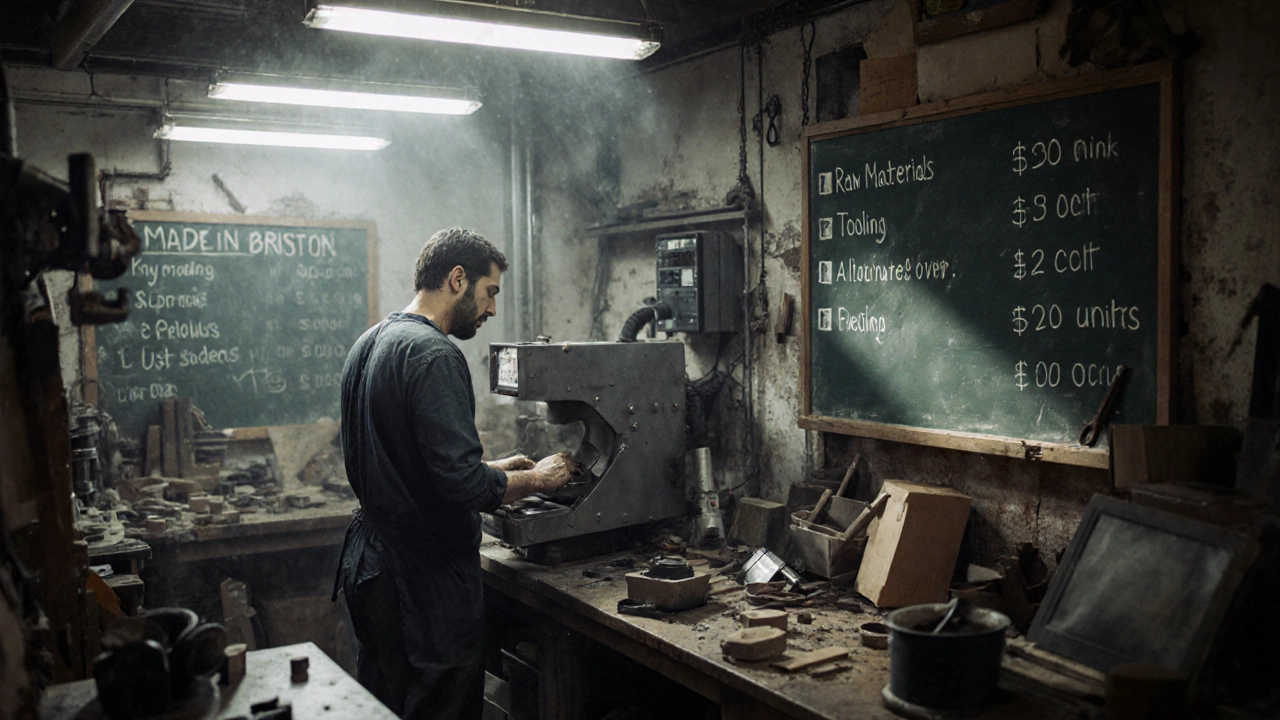Limitations of Small Manufacturing: Why Many Indian Factories Struggle to Scale
When you think of small manufacturing, localized production units that make goods with limited capital and workforce, often operating below 50 employees. Also known as micro-manufacturing, it's the backbone of India’s industrial growth—but it’s also the part that gets stuck. Many small factories start strong: a few machines, a skilled worker or two, a local market. But scaling? That’s where things break. It’s not about ambition. It’s about systems that don’t exist yet.
One major supply chain, the network of suppliers, logistics, and distribution channels that deliver raw materials and move finished goods issue is unpredictability. A small factory in Gujarat might order plastic pellets from Mumbai, but if a shipment is delayed by monsoon traffic or a port strike, production halts. No buffer. No backup. Compare that to big players who have warehouses in three cities and multiple vendors. Small manufacturers don’t have that luxury. And when raw materials like phenol, a key chemical used in resins, plastics, and pharmaceuticals, currently facing shortages in India become scarce, prices jump overnight. No contracts. No long-term deals. Just pay more or sit idle.
Then there’s access to capital, the ability to secure funding for equipment, expansion, or working capital, often limited for small businesses in India. Banks want collateral. Investors want growth metrics. But if you’re making 500 units a month of a simple product—say, metal brackets or printed T-shirts—you don’t have the numbers to impress. Even if your margins are good, you can’t prove scalability. So you stay small. Meanwhile, competitors in Mexico or Vietnam get loans, buy automated presses, and undercut you on price.
Skills are another bottleneck. You might find a good welder in Ludhiana, but finding someone who can also troubleshoot a CNC machine, read blueprints, and manage inventory? That’s rare. Training programs are patchy. Apprenticeships are fading. And without skilled labor, you can’t adopt new tech—even if it cuts costs. A $10,000 semi-automatic machine might pay for itself in six months, but if no one knows how to run it safely, it’s just a fancy paperweight.
And let’s not forget regulation. Compliance isn’t just paperwork—it’s time, money, and stress. Fire safety certificates, labor law filings, pollution control clearances—each step takes weeks, sometimes months. Big companies have teams for this. Small ones? The owner does it all, between production runs. One missed deadline, one inspection failure, and you’re shut down. No warning. No grace period.
It’s not that small manufacturing can’t succeed. It does—in niches. Think handloom textiles in Surat, custom furniture in Moradabad, or small-batch electronics in Bengaluru. But those are exceptions. Most small factories never cross the 100-worker mark. Not because they’re lazy. Not because they lack ideas. Because the system doesn’t support them.
What you’ll find below are real stories and hard facts about why small manufacturing in India hits walls—and how some are breaking through anyway. No fluff. No theory. Just what’s actually happening on the factory floor.
